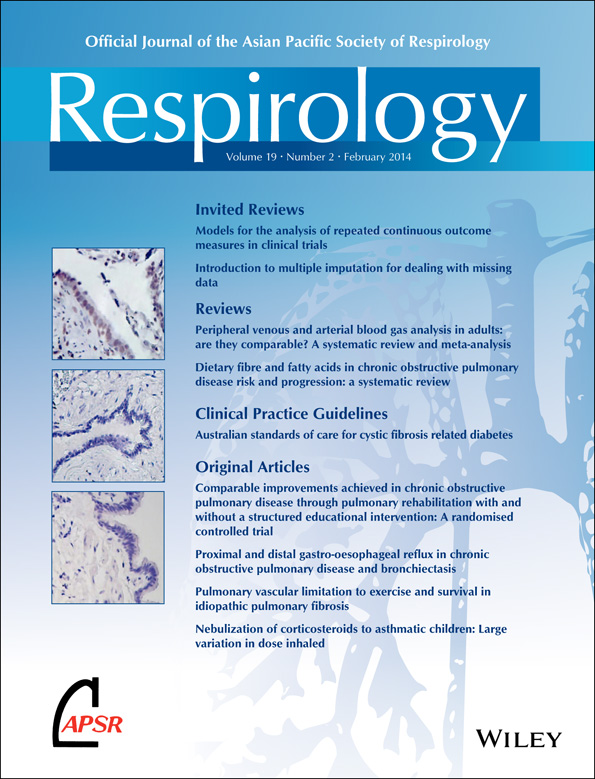The Sputum Colour Chart as a predictor of lung inflammation, proteolysis and damage in non-cystic fibrosis bronchiectasis: A case–control analysis
Abstract
Background and objective
Non-cystic fibrosis bronchiectasis (NCFB) is characterized by a vicious cycle of airway infection, inflammation and structural damage with inappropriate mucus clearance. Our aim was to relate the value of proteolytic enzymes, proteolytic enzyme activity and inflammatory markers to disease severity and symptoms in patients with NCFB.
Methods
Sputum induction in NCFB patients and healthy controls was performed. Sputum was analysed for total and differential cell count, markers of inflammation (CXCL8 (also known as interleukin-8) and tumour necrosis factor-α (TNF-α)) and proteolytic enzymes (neutrophil elastase (NE), gelatin zymography and total gelatinolytic activity (TGA)). Each patient was evaluated by spirometry, Leicester Cough Questionnaire (LCQ) and Sputum Colour Chart (SCC). Patient files were analysed to determine Pseudomonas aeruginosa colonization status. The computed tomography (CT) closest to the date sputum induction was scored by a radiologist.
Results
NCFB patients showed significantly higher neutrophils, CXCL8, TNF-α, NE and TGA than healthy controls. TGA subanalysis showed that the majority of the activity was NE (82 ± 6.4%). Residual activity was mainly zinc ion-dependent matrix metalloproteinase (MMP) activity (18 ± 6.4%). Subanalysis showed that patients with chronic Pseudomonas aeruginosa colonization had more activated MMP-9. Correlations were seen between proteolytic enzymes and inflammation and disease severity (spirometry and CT score), but not with the LCQ. SCC was associated with increased markers of inflammation, proteolytic enzymes and worse CT score.
Conclusions
We show that sputum purulence assessment in daily clinical practice using the SCC is a quick and easy tool that reflects severity of inflammation, destruction and proteolytic enzymatic activity/presence.




